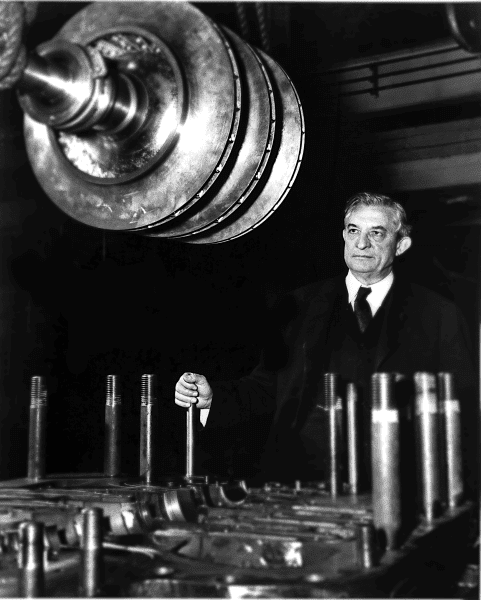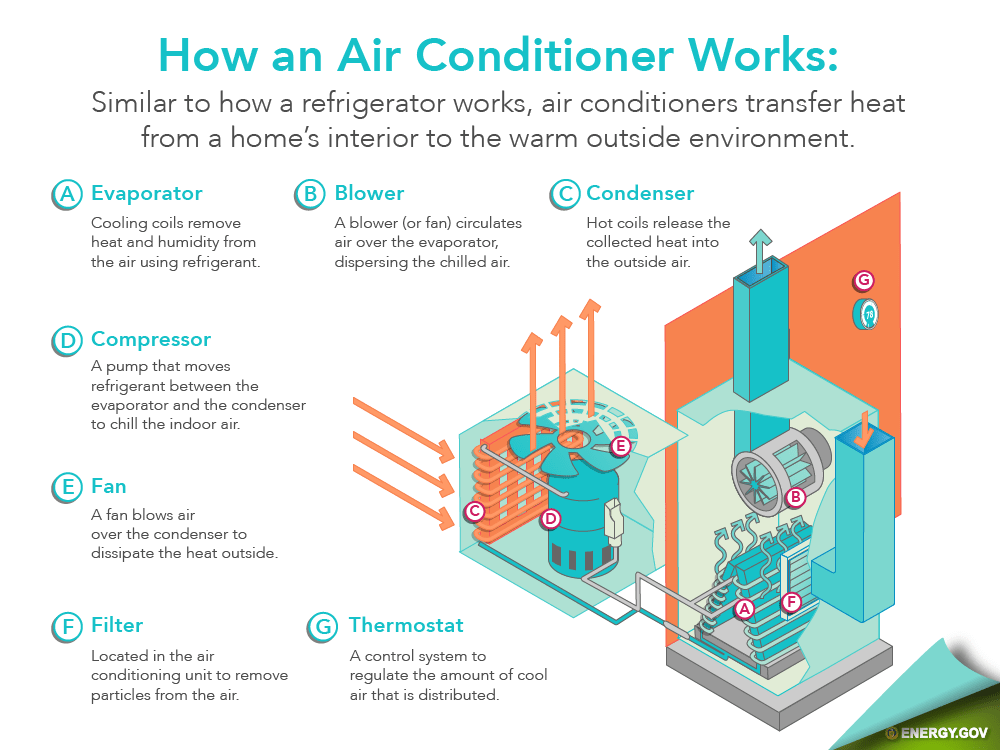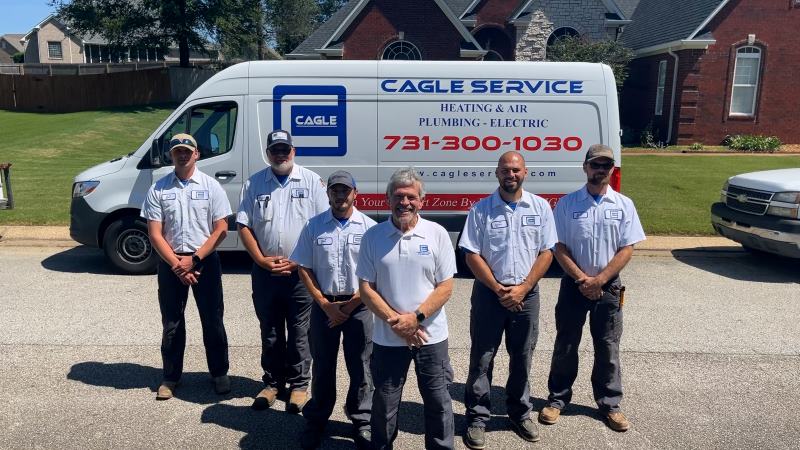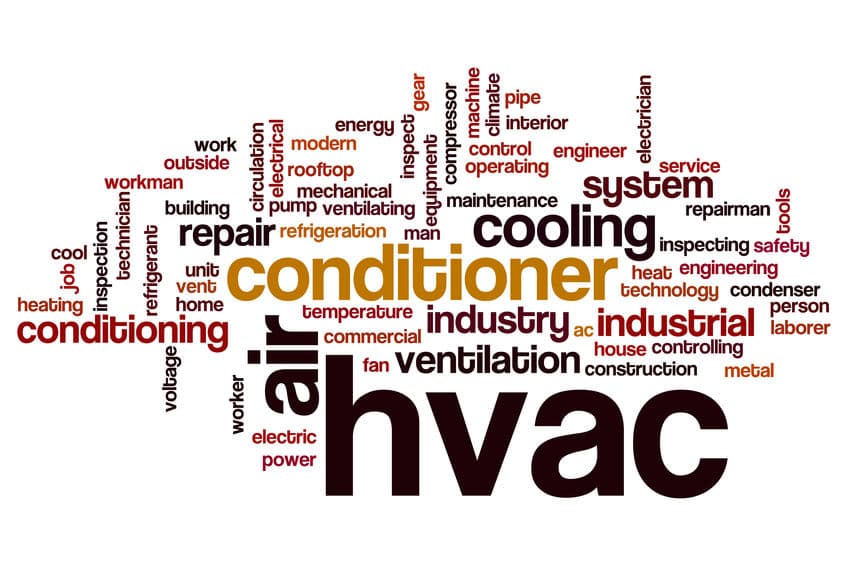When you think of the term “HVAC” there are probably a lot of different ideas that come to mind. Some people might think that it’s an industry or profession, and they wouldn’t be wrong. Some people might think that it’s the system in their home or business that provides heating and cooling. And, again, they wouldn’t be wrong. Some people might even think that HVAC is just another word for AC or air conditioner.
The point is that HVAC can mean different things in our society and we’re going to cover them all and provide some clarity in this post!
What Does HVAC Mean?
First all of, let’s break down the acronym itself. HVAC stands for heating, ventilation, and air conditioning. Pretty simple, right?
In essence, HVAC refers to anything concerning heating and cooling systems and the industries that manufacture, install, and repair these systems.
What is the Purpose of HVAC?
According to the EPA:
“the main purposes of a Heating, Ventilation and Air-Conditioning system are to help maintain good indoor air quality through adequate ventilation with filtration and provide thermal comfort.”
We believe their quote sums it up pretty well. The initial purpose and creation of HVAC was to provide indoor air quality through heating and cooling channels to deliver the comfort that we desire. I think that purpose has been fulfilled, don’t you?
When Did HVAC Start?
While we don’t know exactly when the term “HVAC” was coined, we do know that the first modern HVAC system was created in 1902. Willis Carrier created a large air conditioner that was around 20 feet long and used similar technology to what is used today.
Since 1902, these systems have been evolving and becoming more and more efficient, but they still operate on similar principles of Carrier’s creation. We’ve gone from the creation of the modern air conditioner in 1902 to all kinds of different types of HVAC systems today, including:
- Air conditioners (Carrier’s creation)
- Heating systems such as furnaces, boilers, etc.
- Split systems (separate heating and cooling units)
- Package units (all-in-one heating and cooling units)
- Heat pumps
- Ductless mini split systems
- Window units
- Geothermal heating and cooling systems

By the way, can we give a quick “thank you” to Mr. Carrier for creating the air conditioner!? Most of us can’t live without one!
And yes, incase you are wondering, the giant corporation known as Carrier did originate from Willis Carrier.
What is in a HVAC System?
As far as heating, ventilation, and air conditioning systems go, HVAC typically refers to anything that is part of or connected to the system. This includes:
- the furnace or air handler
- the air conditioner or heat pump
- the connecting duct work
- the thermostat
- the electrical lines
There are more in depth components that make up the air conditioner, heat pump, and furnace, such as the compressor, condenser coil, and evaporator coil, but you get the point.
Anything that contributes to the heating, cooling, and ventilation of an area is part of the HVAC system.
How Do HVAC Systems Work?
As we stated earlier, the original design principles of HVAC systems originated with Willis Carrier in 1902. Since then there has been some evolution, but the main theory remains the same.
These systems work differently than you probably think they do. If you are like me, you probably always thought they took air from outside, transformed it into warm or cool air, and dispersed that air into your home.
Well, that’s not how they work. It’s actually quite different.
They actually pull air from inside your home and transform it into the desired air (cool or warm) and disperse it back into your home.
Let’s break it down a little further.
As you can see in the infographic below, the thermostat initiates and controls the entire operation. With an air conditioning system, the condenser (outdoor unit) starts up after the thermostat triggers the operation. Then, refrigerant in the coolant lines is transferred back and forth between the condenser and the evaporator.
During this time, the blower is pulling in air from inside the home. The cool refrigerant in the evaporator is absorbing the heat from the pulled in air and this now warm refrigerant is transferred out to the condenser unit. The air that remains is now cool and is dispersed into the home via ducts to provide the cooling effect.

There’s more detail to it, but you get the main picture.
What is the Difference Between AC and HVAC?
Now that we’ve gone over how heating, ventilation, and air conditioning systems work, you probably realize that there isn’t much of a difference between AC and HVAC. The AC or ac unit is a sub system within the HVAC system. HVAC refers to the entire heating, ventilation, and air conditioning system. AC refers to only the air conditioning system.
Any Questions?
We’ve covered the meaning of HVAC, what it stands for, the history of it, how HVAC systems work, and much more. I hope this has given you a better understanding of what HVAC is and the different perspectives of it. If you have any questions or would like clarity please comment below and I will do my best to further explain!
We are a professional HVAC service company located in Jackson, TN. We serve our location and the surrounding areas.
Thanks for stopping by!



